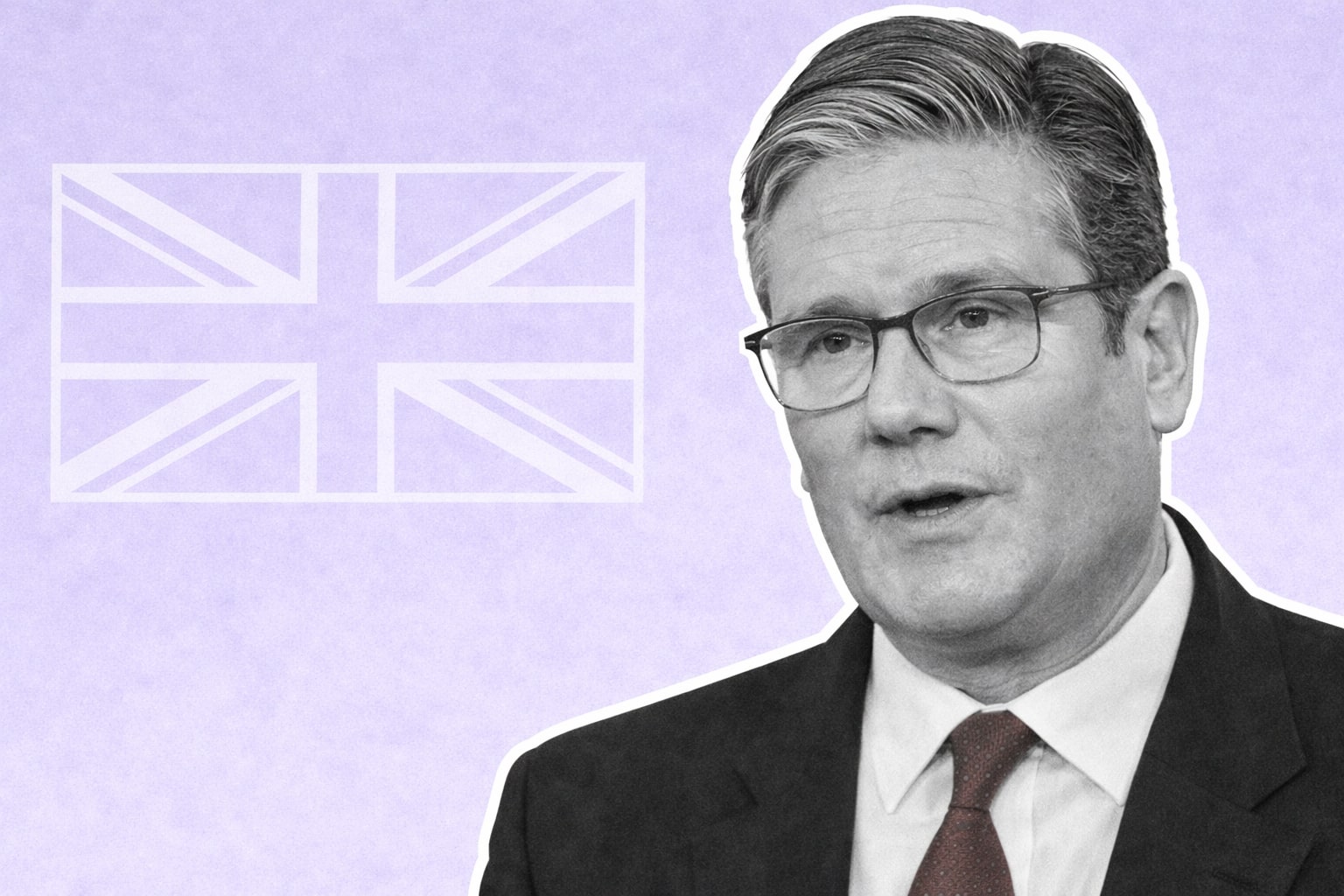
Analyzing Economic Outlook: 23-24 GDP, inflation and Fed
Exploring Key Economic Indicators: GDP Forecasts, Monetary Policy Adjustments, Labor Market Shifts, and Inflation Trajectories in the Upcoming Years | That's TradingNEWS
Analyzing Economic and Market Trends Amidst Inflationary Pressures
GDP Growth and Projections
As we navigate through the latter part of 2023, there's a noticeable revision in the GDP forecasts. The Q3 GDP revision has prompted an upward adjustment for the 2023 forecast, now pegged at 2.5%, up from the previous 2.4%. Despite this upward revision, the early indicators for Q4 are hinting at a slowdown, aligning with predictions of decelerated GDP growth into 2024 and 2025, with forecasts standing at 1.4% and 1.2%, respectively.
The discrepancy between real Gross Domestic Income (GDI) and GDP growth continues to be a point of discussion. While reported GDP growth appears robust, particularly with strong employment growth figures, contrasting business survey readings suggest a more nuanced picture.
Monetary Policy and the Federal Reserve's Stance
The Federal Reserve's approach to monetary policy has been a critical driver of economic trends. Despite recent growth, there's an anticipation of a slowdown, partly due to the over 500 basis points tightening in monetary policy since early 2022. This tightening is still being felt across various economic sectors, as evidenced by the Q3 Senior Loan Officer Opinion Survey indicating a continued tightening in lending standards.
Historical patterns suggest such tightening often precedes an economic downturn, although the current cycle shows remarkable resilience, possibly due to pandemic-related normalization, wealth surges supporting consumption, and fiscal support in FY 2023. However, as these tailwinds diminish and with expected fiscal tightening in FY 2024, growth is likely to weaken.
Labour Market Dynamics
The labor market presents a complex picture. While non-farm employment grew by 150k in October, underlying trends suggest a gradual deceleration in employment growth. With rising workforce participation and unemployment rate inching up from 3.4% in January to 3.9% in October 2023, the labor market appears tight but is showing signs of loosening.
October’s labor flows data further reinforce this narrative, with a decline in job openings but levels still remaining high. The gradual slowdown in wage growth, as indicated by private sector average hourly earnings, complements this trend.
Inflation Trends and Implications
Inflation continues to be a major concern, though there are signs of a downward trajectory. October saw headline inflation rates moderate, both for the CPI and PCE measures. The core inflation, which excludes food and energy, also showed moderate growth. With core PCE inflation on a 3-month/3-month annualized basis close to the Fed’s 2% target, there's an observable easing in inflationary pressures.
Interestingly, the recent shift in core PCE inflation is largely driven by a decline in core goods prices and a moderation in housing services inflation. However, core services excluding housing rents, a key indicator for the Fed, has shown sideways movement for several months.
Federal Reserve and Market Expectations
The market's focus has now shifted to when the Federal Reserve might initiate rate cuts. While financial conditions have eased since mid-October, the Fed retains the option to tighten policy if needed. There are mixed views among Fed officials, with some advocating for further rate hikes and others considering rate cuts in the near future if inflation continues its downward trajectory.
The debt markets are currently expecting a Fed rate cut in spring 2024, reflecting the progress in lowering inflation and a gradual easing of the labor market. However, the Fed's next steps remain contingent on continued inflation trends and economic outlook uncertainties.
National Debt and Economic Forecasts
The national debt, having surged from $22 trillion in 2013 to nearly $34 trillion today, raises significant concerns about the sustainability of current fiscal policies. The heavy government spending during the pandemic and on various programs has substantially increased the debt burden.
Investment strategists like Kiyosaki are advocating for assets like gold, silver, and Bitcoin as hedges against potential economic downturns and market collapses. While his views are influenced by his political leanings and should be considered with caution, the underlying message about preparing for market volatility holds relevance.
Conclusion
As we approach 2024, the economic landscape is characterized by slowing growth, easing inflation, and a cautious monetary policy stance. The labor market's resilience amidst tightening monetary conditions and the fiscal policy's impending shift suggest a complex interplay of factors influencing future economic trends. With the Fed's next move being closely watched, market participants and policymakers alike remain vigilant in navigating these economic uncertainties.
That's TradingNEWS
Read More
-
Pagaya Stock Price Forecast - PGY at $23.20: Is PGY Stock the Cheapest AI Fintech of 2026?
19.12.2025 · TradingNEWS ArchiveStocks
-
XRP Price Forecast: XRP-USD Stuck at $1.87 With $3 2026 Target and $10–$25 Long-Term Range
19.12.2025 · TradingNEWS ArchiveCrypto
-
Oil Price Forecast: WTI Near $56 and Brent at $60 Signal Risk Toward $50
19.12.2025 · TradingNEWS ArchiveCommodities
-
Stock Market Today: AI Chip Rally Lifts Nasdaq as $7.1T Quad Witching Hits
19.12.2025 · TradingNEWS ArchiveMarkets
-
GBP/USD Price Forecast - Pound at 1.34 As BoE Cut And Soft Dollar Keep Bullish Path Toward 1.35
19.12.2025 · TradingNEWS ArchiveForex



















